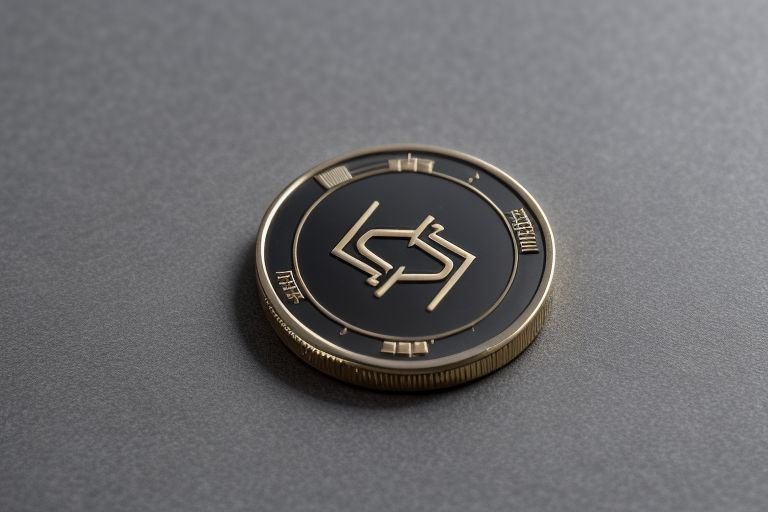Sable Finance subsequently launched recently as one of the emerging companies in the cryptocurrency market and DeFi. It is a novel concept introducing a new practice of collateralization and yield generation to the stablecoin environment. Sable Finance debuts USDS, a fully decentralized stablecoin backed on Ethereum Liquid Staking Derivatives (LSDs) on Arbitrum and BNB Chain.
The linchpin that connects the majority of Sable Finance’s ecosystem is the SABLE token, which functions as the protocol’s native governance and utility asset. According to the latest research, SABLE is at around $0.005454 per share with the market capitalization of $28,246 as of now. Still, these numbers cannot be considered very high although the project is still at its beginning and has the potential for evolution. The fixed maximum token count for SABLE tokens is 100 Million while the currently flowing token is 5, 187, 672 tokens.
Another thing that stands out for Sable Finance is how it addresses capital efficiency and the yields for USDS holders. The minimum collateralization ratio provided by the protocol is 110% which is slightly low compared to similar stablecoin protocols. This approach makes it easier for users to produce more USDS, therefore increasing the usefulness and usage of the token.
However, the SABLE token has the utility of collecting the borrowing and redemption fees that the system creates. The staking product illustrated above indicates that token holders can unlock liquidity in the SABLE/BNB pool on decentralized trading platforms and deposit the returned LP tokens in the Sable staking contract. It works in tandem with the protocol and liquidity pool fees system where stakers can earn fees of trades in addition to the ones earned from within this protocol.
Over time, developing extra features for the project, such as governance structure, SABLE holders will be able to participate in voting for protocol’s decisions. These may include whitelisting new collateral types, directing emissions and changing other parameters of the protocol. This governance model is designed to guarantee that this protocol will always be agile enough to meet the demands of users in the network.
The Total Value Locked (TVL) in Sable Finance is now $512,589, which shows a new attraction to the protocol. Thus, based on the market cap to the total value locked ratio of approximately 0.055, an opportunity for investors and users might be discovered in the possible undervaluation of the project compared to the locked assets.
On stablecoin issuance, Sable Finance has an approach to meeting some of the main issues rising with other protocols in the same space. The protocol utilizes LSDs based on Ethereum to gain access to the extended environment of liquid staking solutions that have become popular with Ethereum 2.0. This choice of collateral not only creates stability but additionally there can be the generation of yield in staked ETH.
It is noteworthy to point out that the protocol is highly enamored with capital efficiency, in the context of the current DeFi sphere. Thus, Sable Finance wants to do away with inordinate over-collateralization to make stablecoins more affordable for users to mint. This may well result in higher demand and use of USDS in general as well as enhancing its standing within the market of stablecoins.
Like any other new generation cryptocurrency, starts, users and investors have to analyze the Sable Finance project carefully. For all of these, the protocol brings new and unique features in addition to a seemingly attractive development plan; nevertheless, we are talking about the relatively recent project that may experience new issues as it grows. On the one hand, it demonstrates that the project has not received a high level of adoption, which could be a sign of potential future growth, but on the other hand, such a low number of trading volumes and market capitalization may also be indicative of future risks.
Therefore, Sable Finance’s success will largely depend on the following aspects: The ability of USDS being stable and adopted, New features being developed on the Sable Finance protocol, Total DeFi ecosystem growth on Arbitrum and BNB Chain network. Hence, how this project will be able to attract liquidity providers, sustain USDS peg stability, as well as put in place robust governance mechanisms will go along way in defining the future of this project.
In as much as the DeFi space is growing, we see developments like Sable Finance as the constant progress in the sector. Essentially, Sable Finance envisages that by adapting certain but functionalities of stablecoin, yield generation, and governance, the ecosystem would fulfill market needs or needs within the cryptocurrency market. Whether it will succeed in becoming one of the leading players in the stablecoin market remains to be seen, but the fact that Chain will invest more capital efficiency-based strategies and has carved out a niche for itself compared to its rivals means that it should be on the watch list of all who want to track developments in the stablecoin space in the months and years to come.


